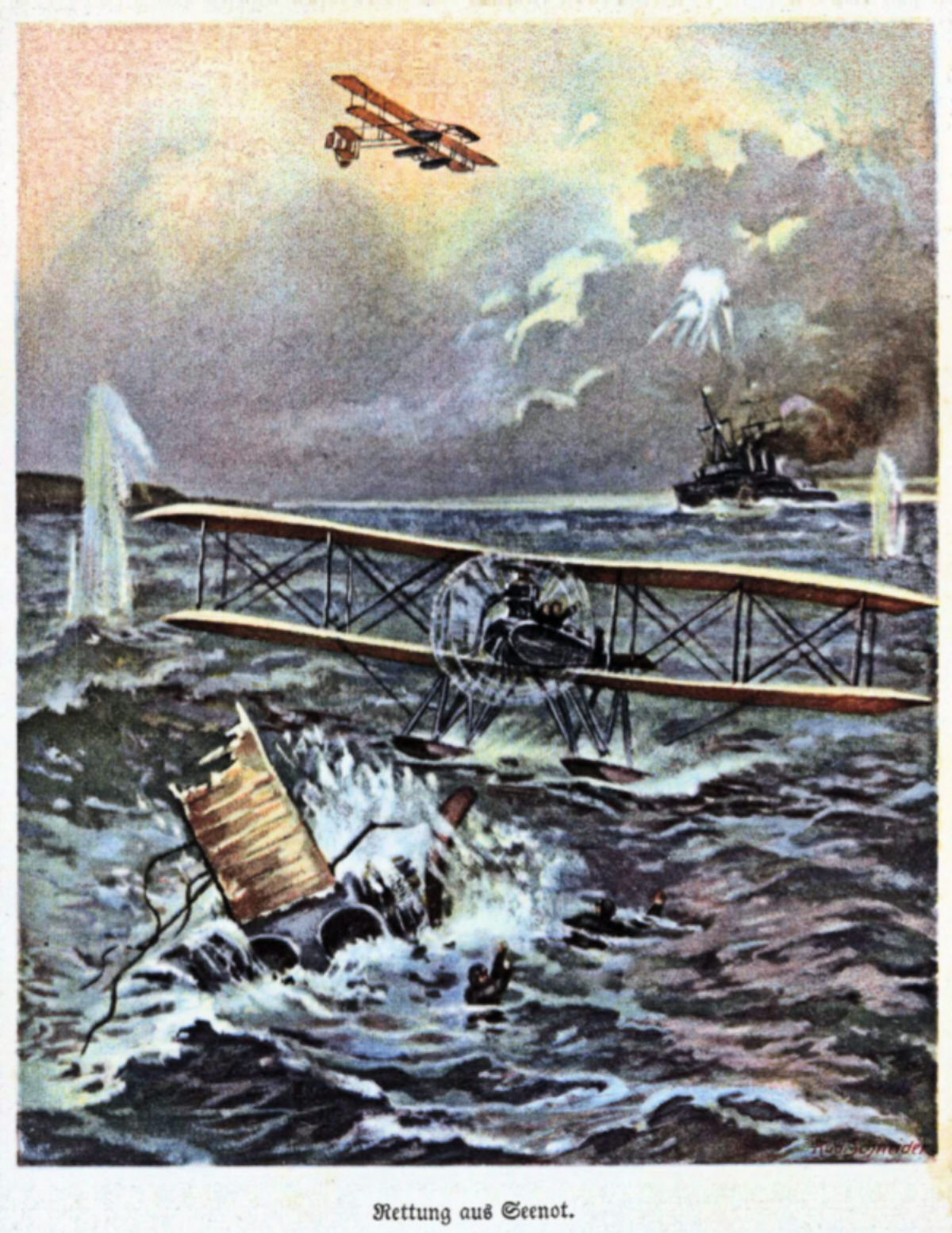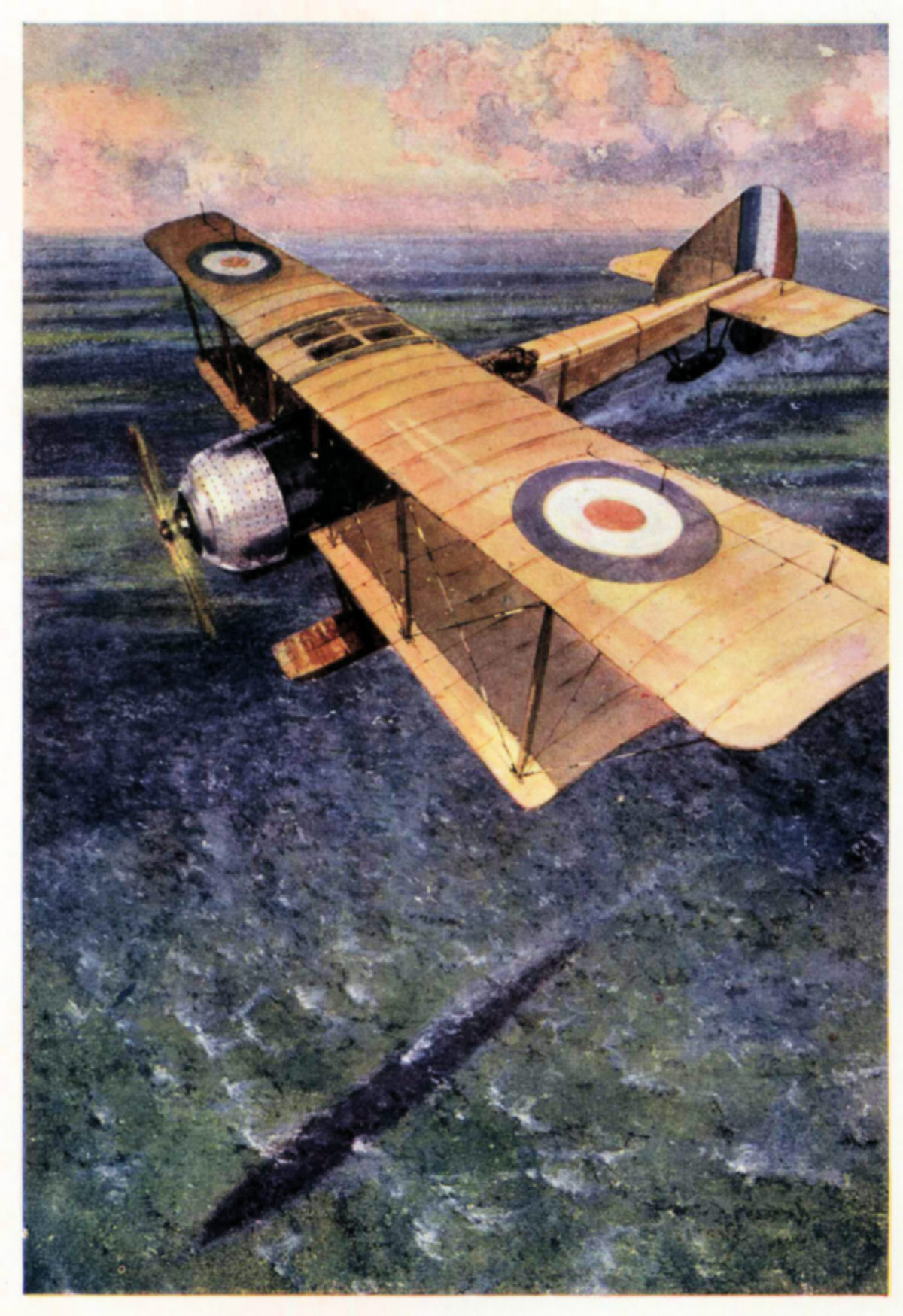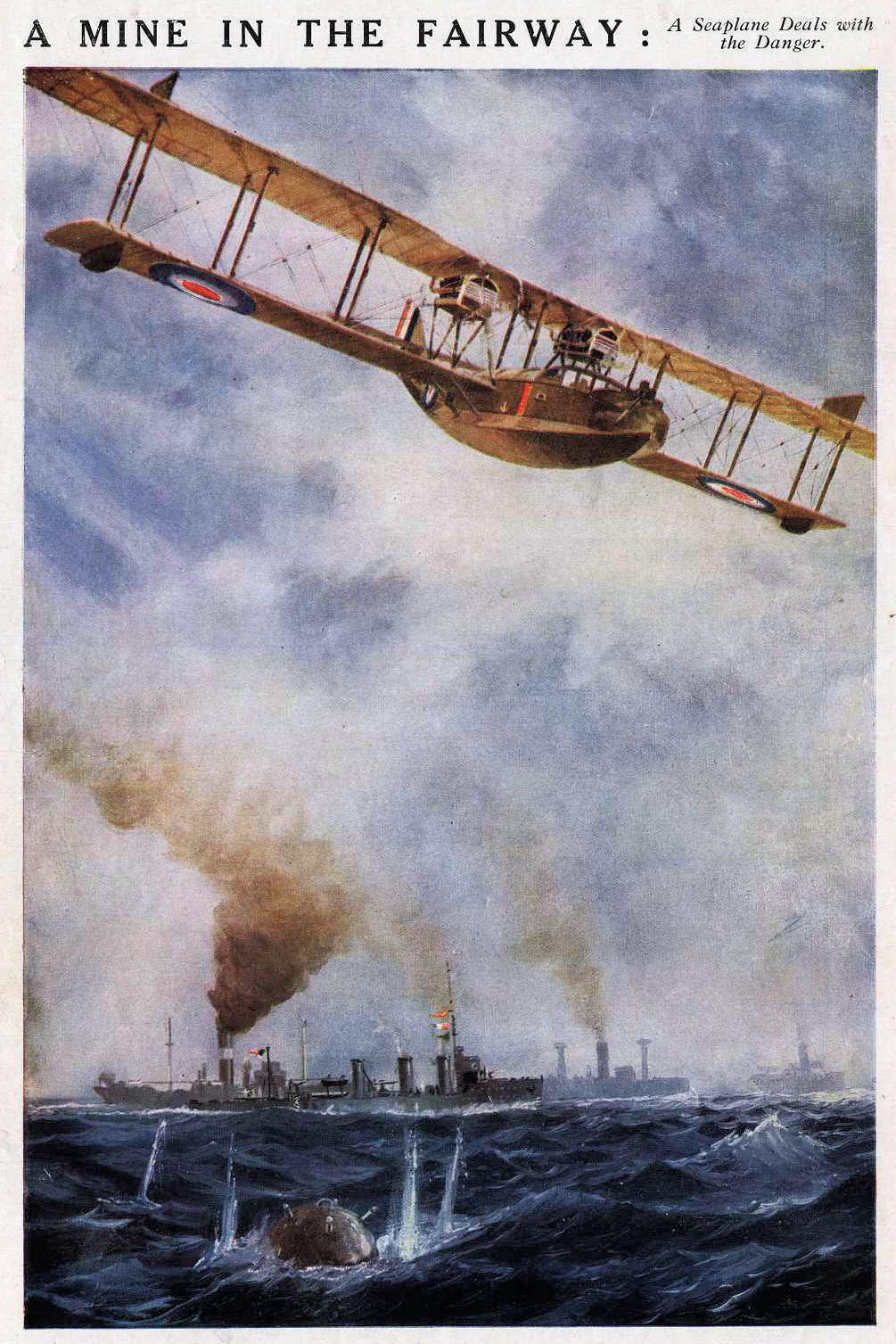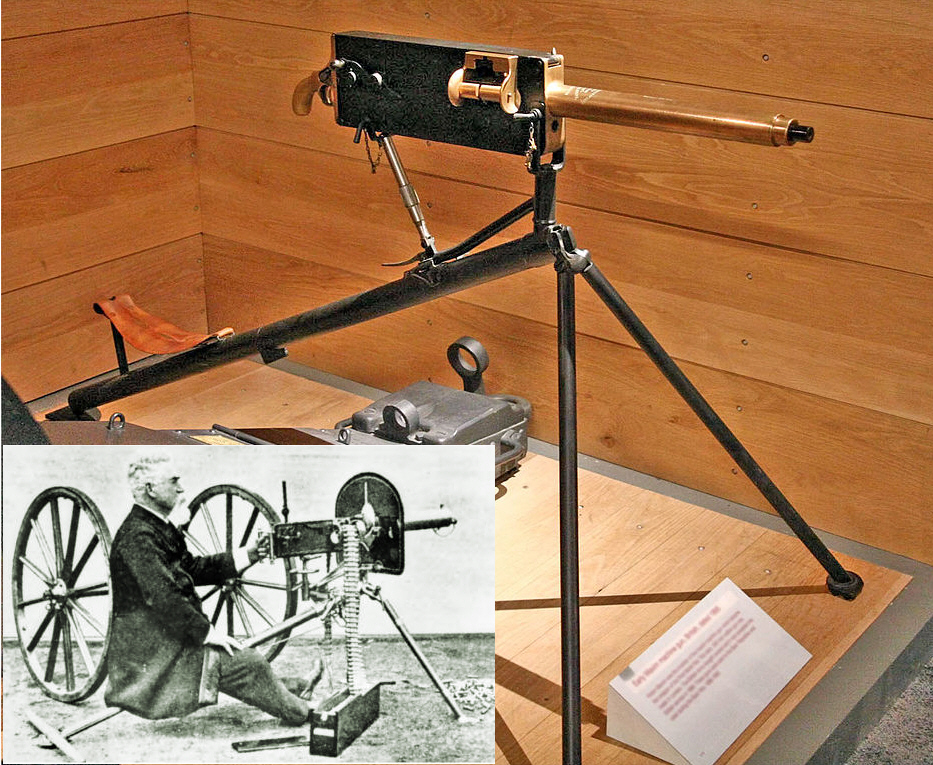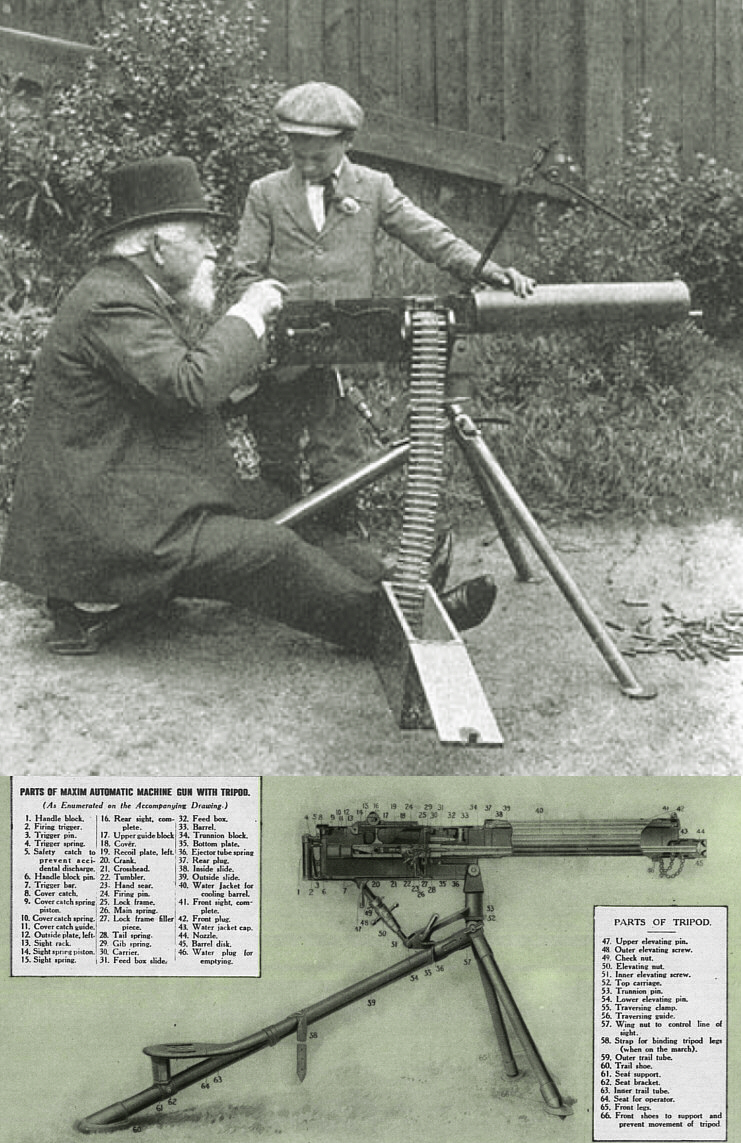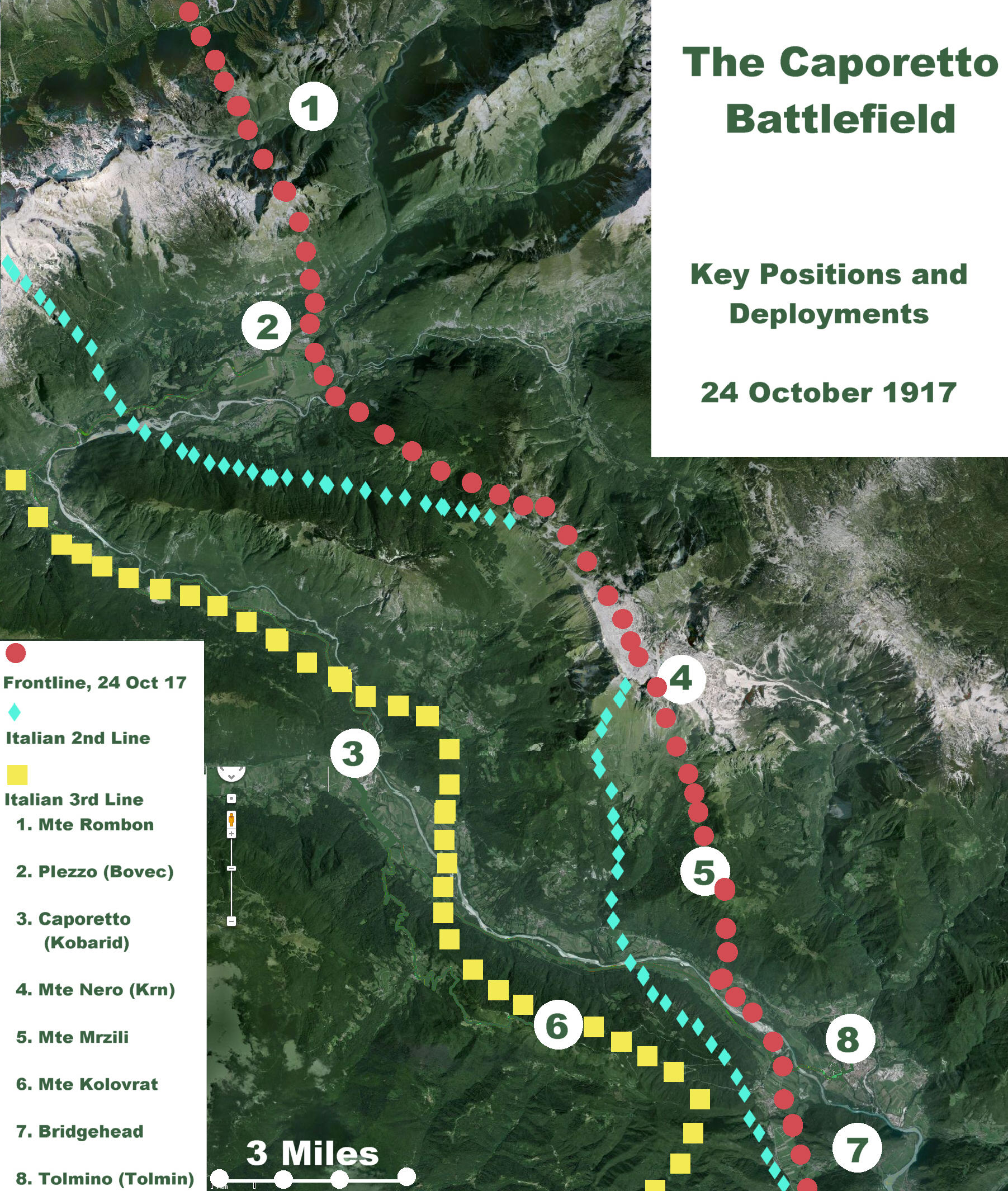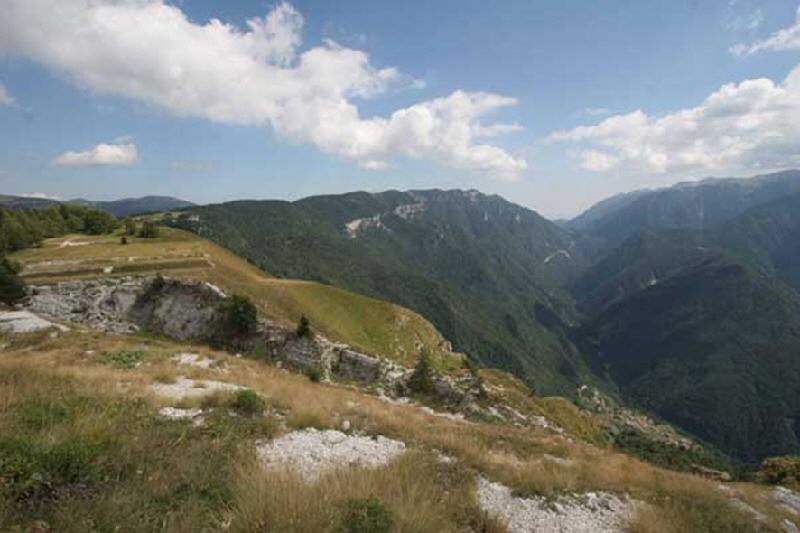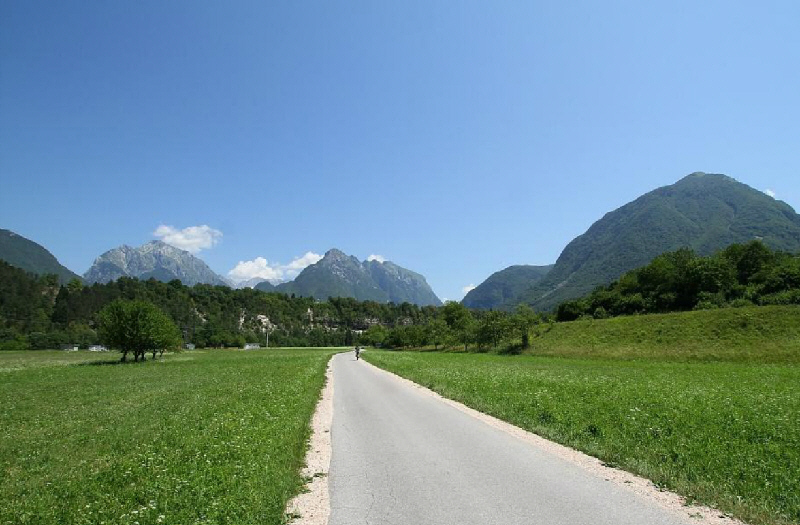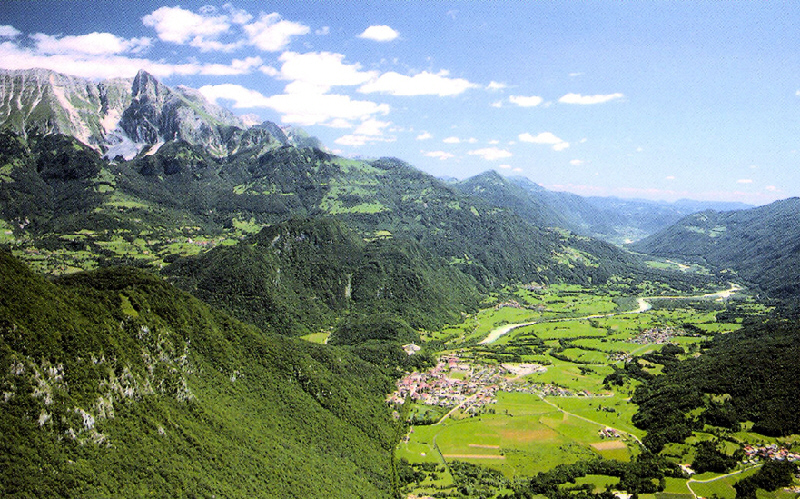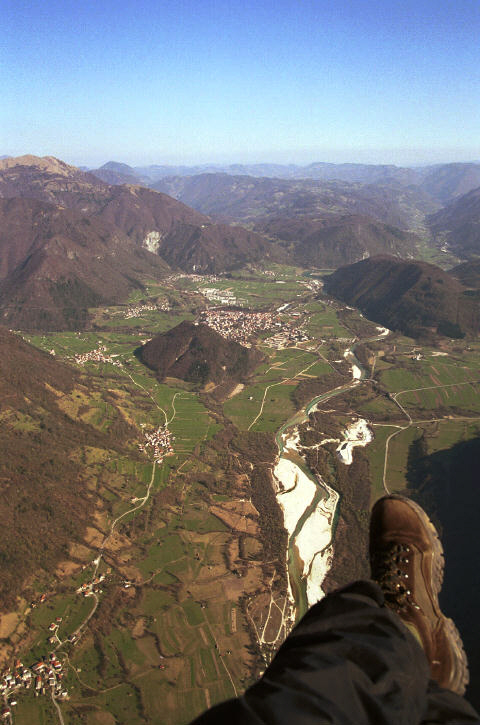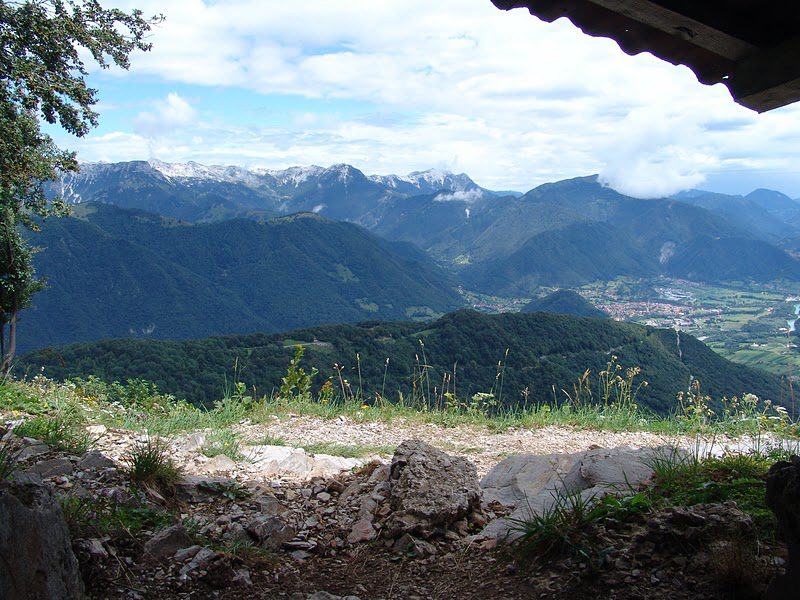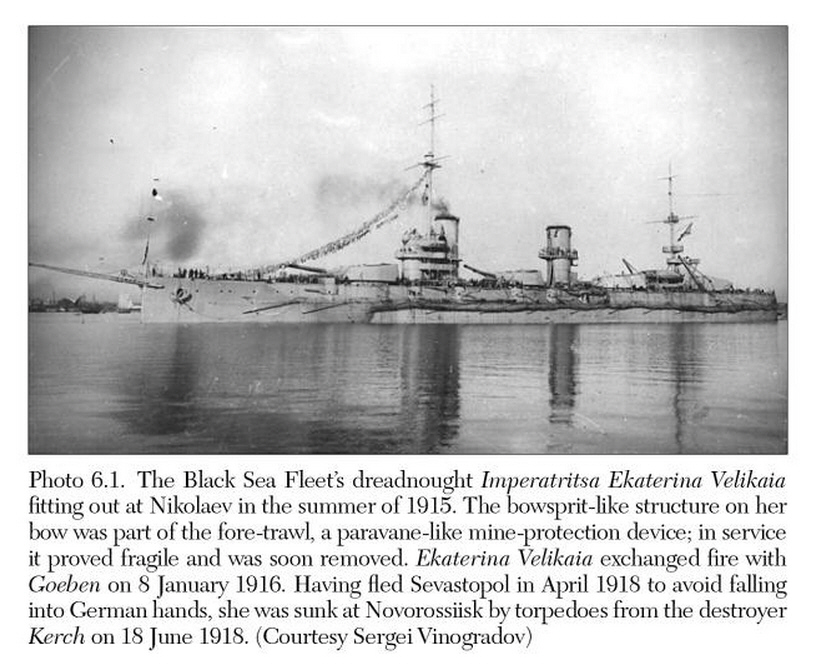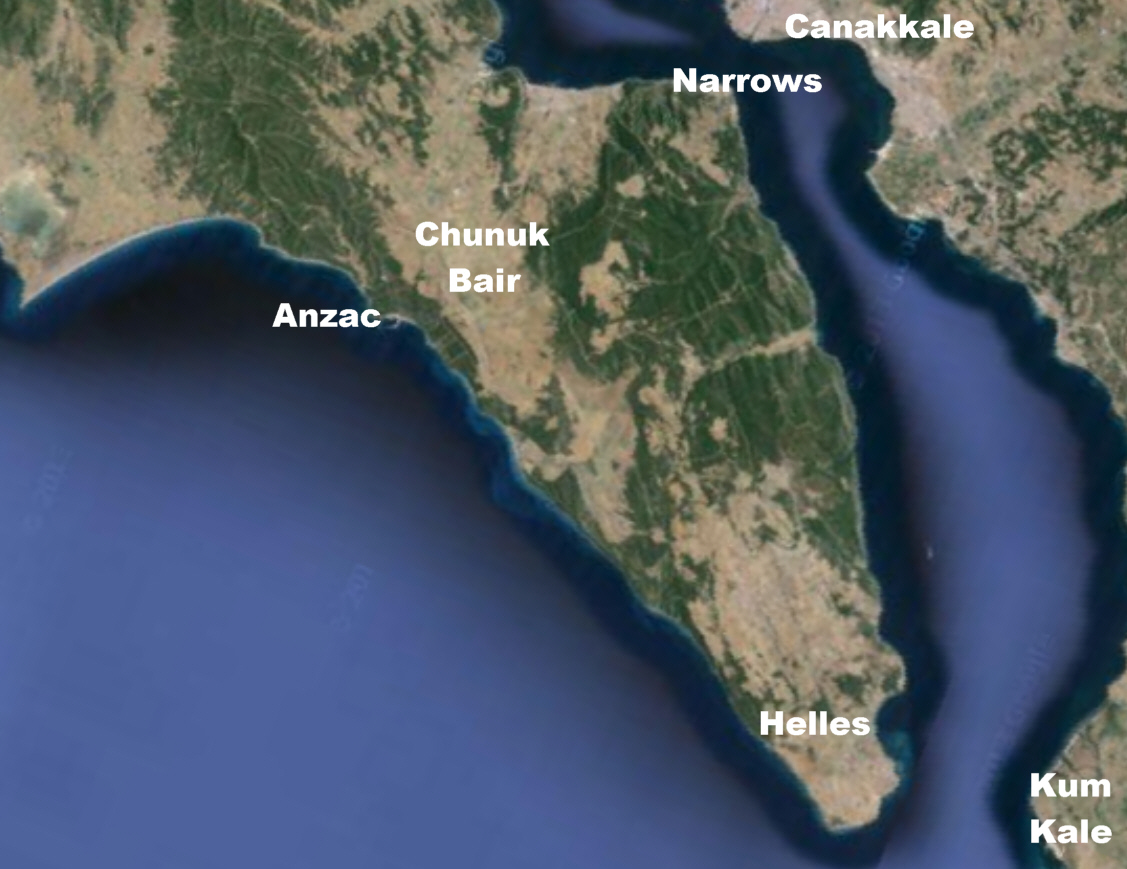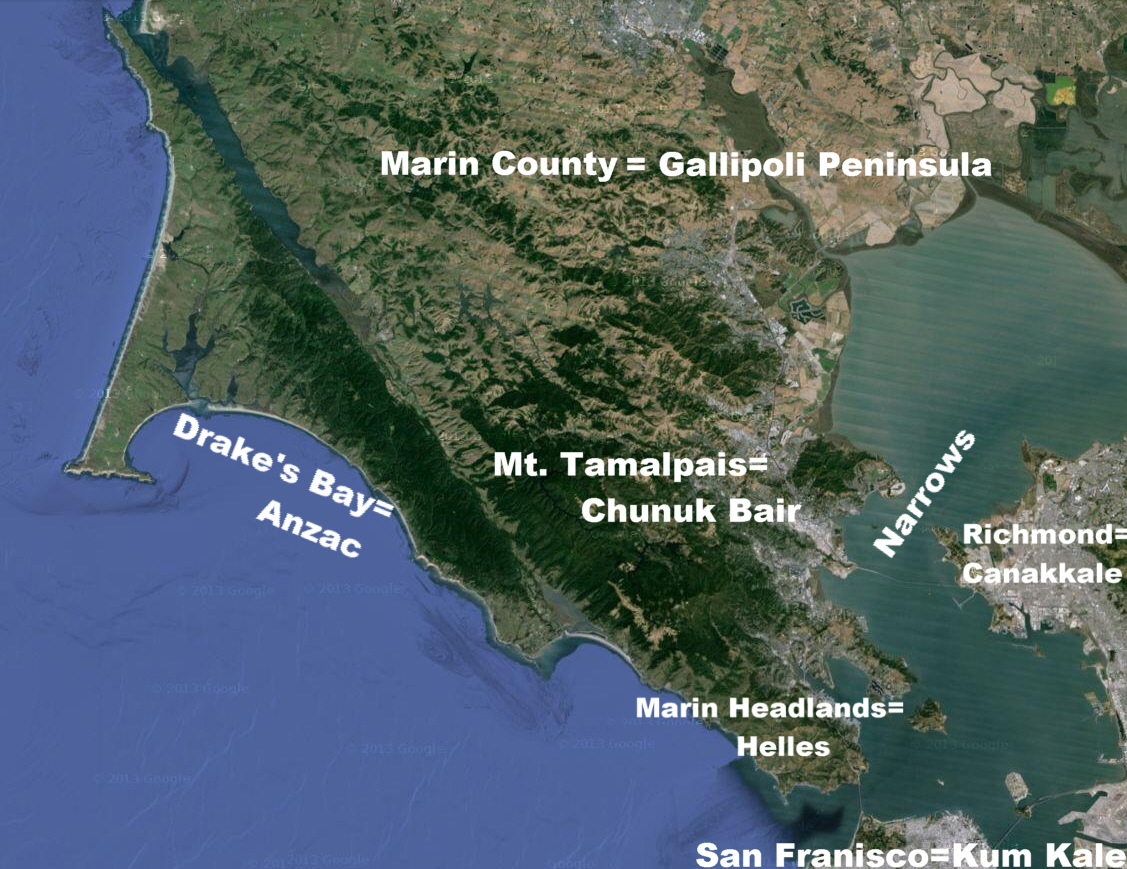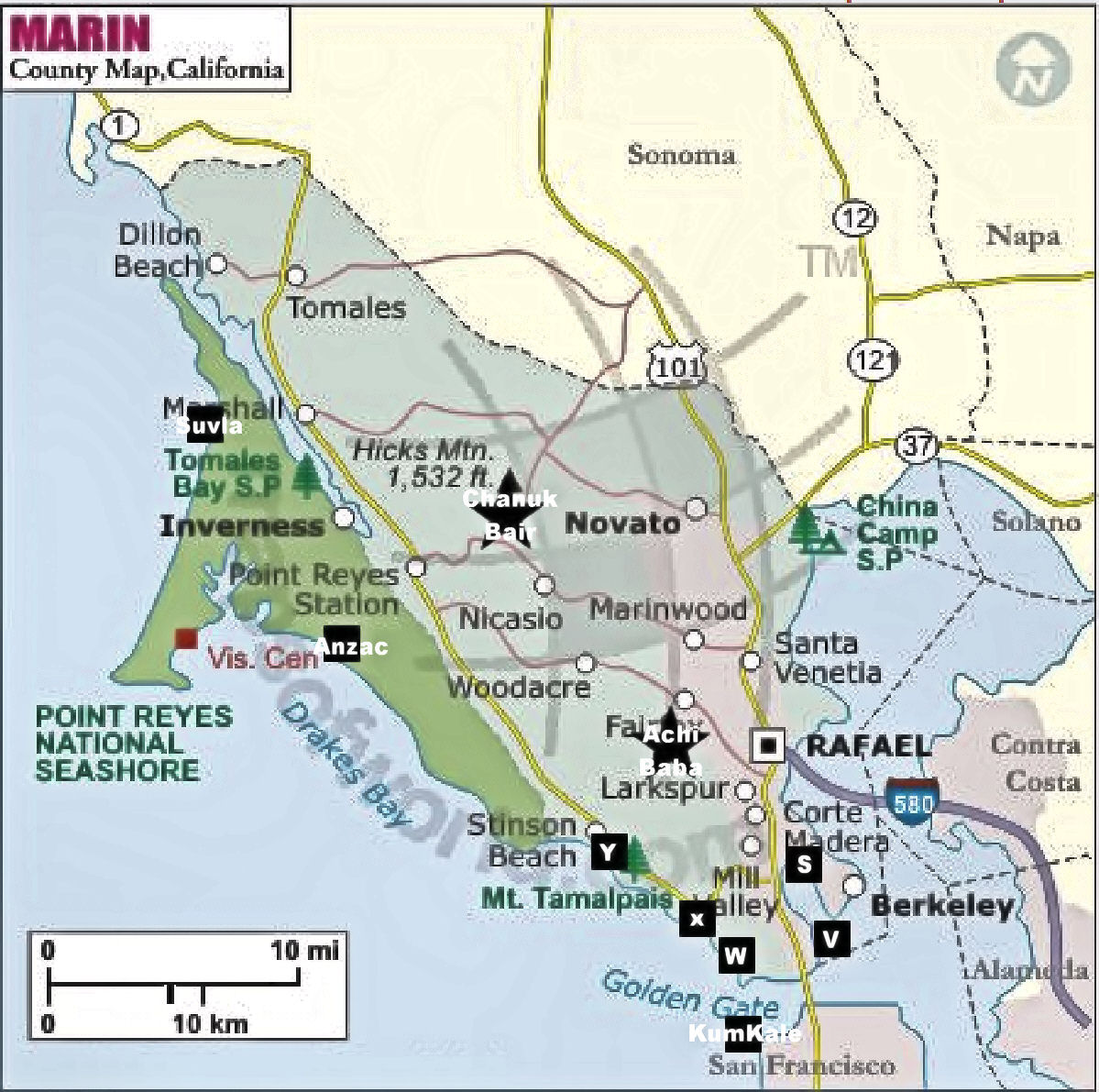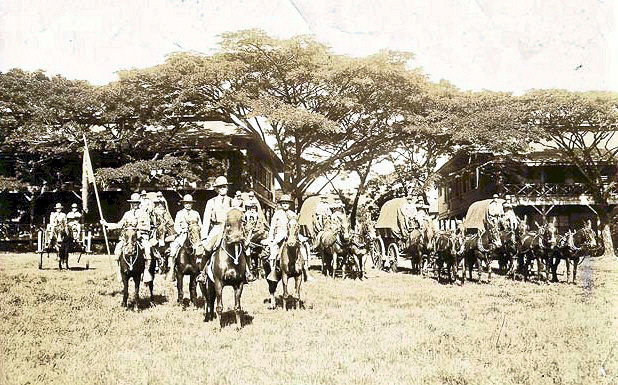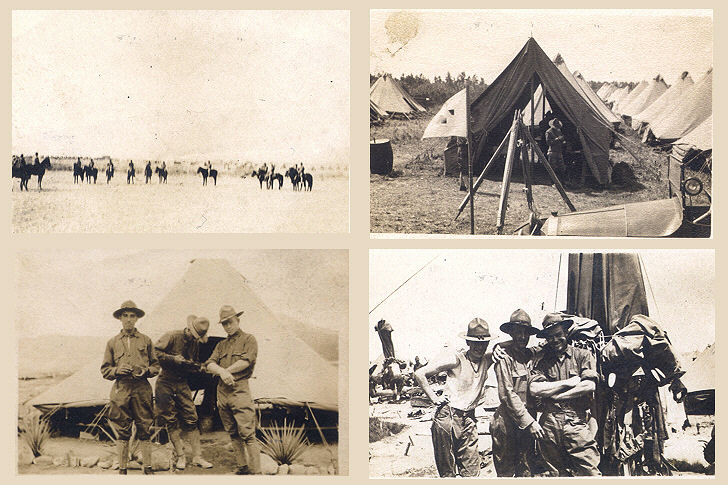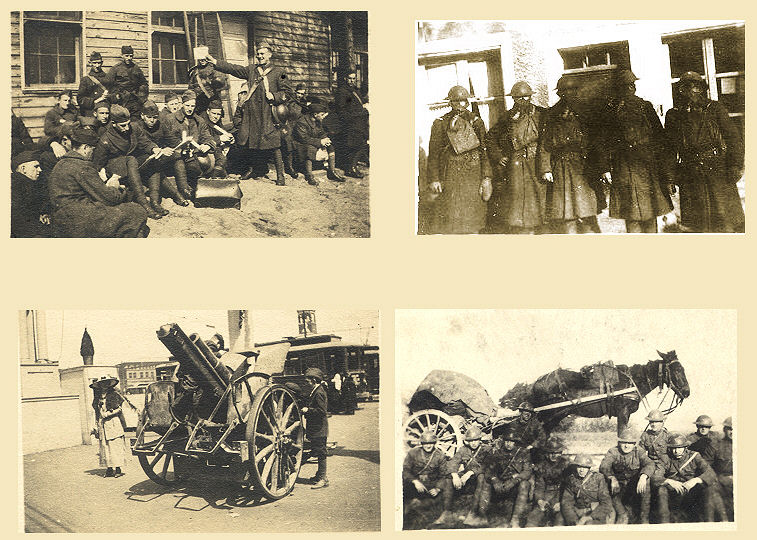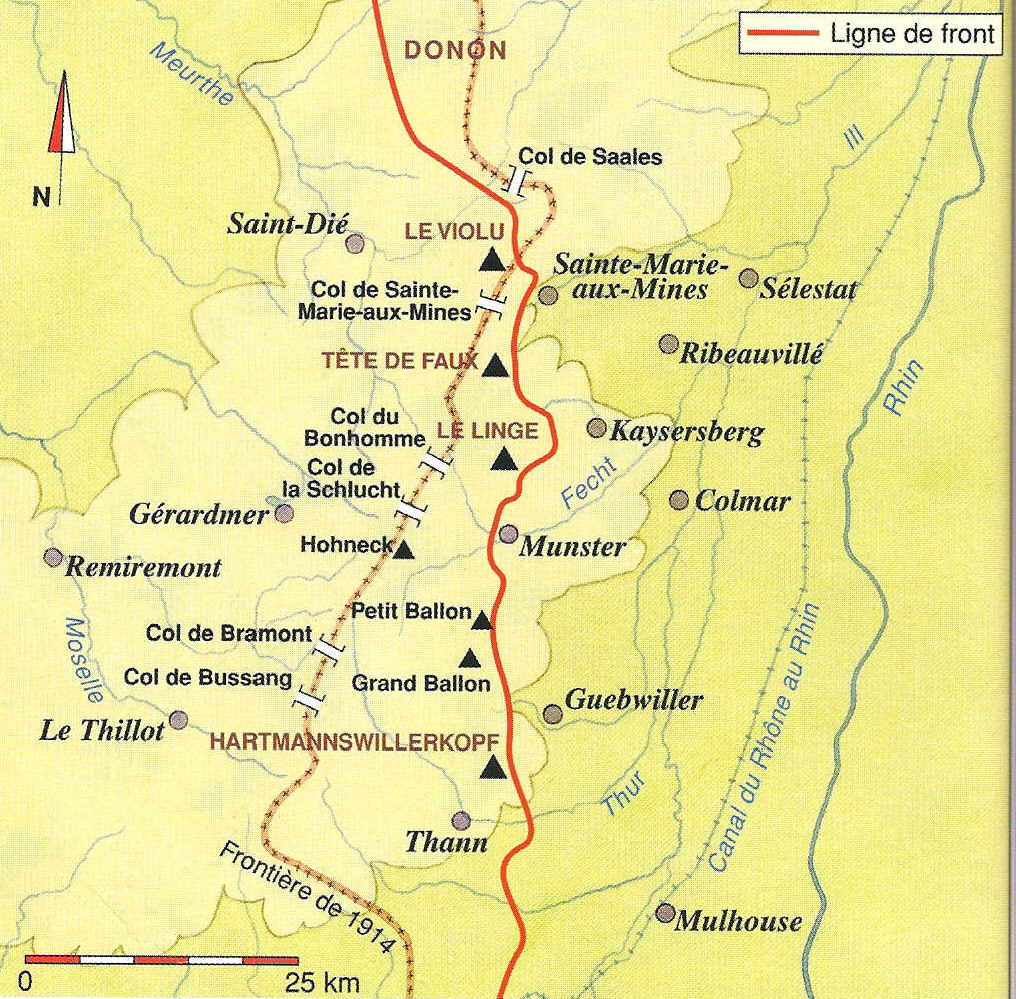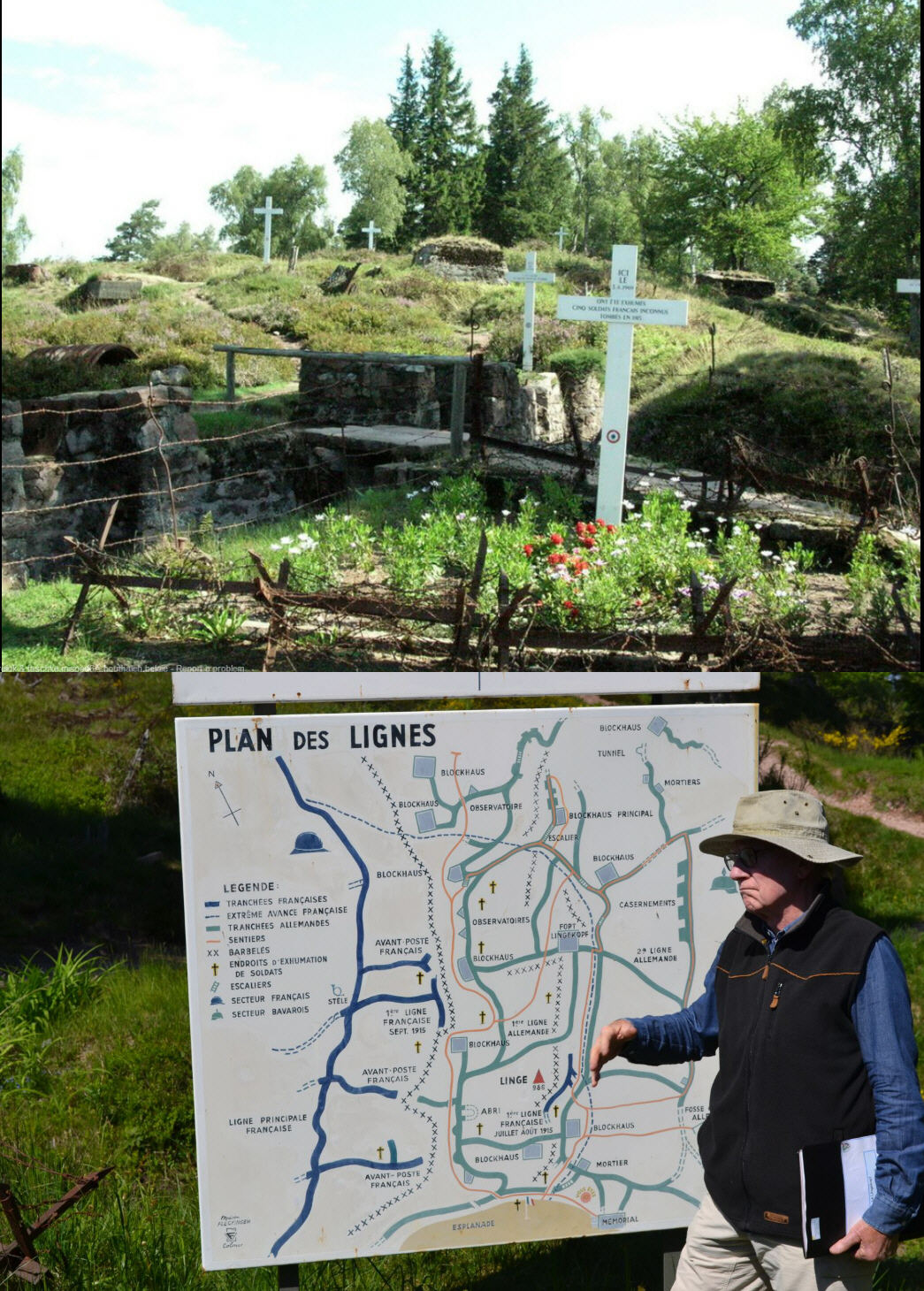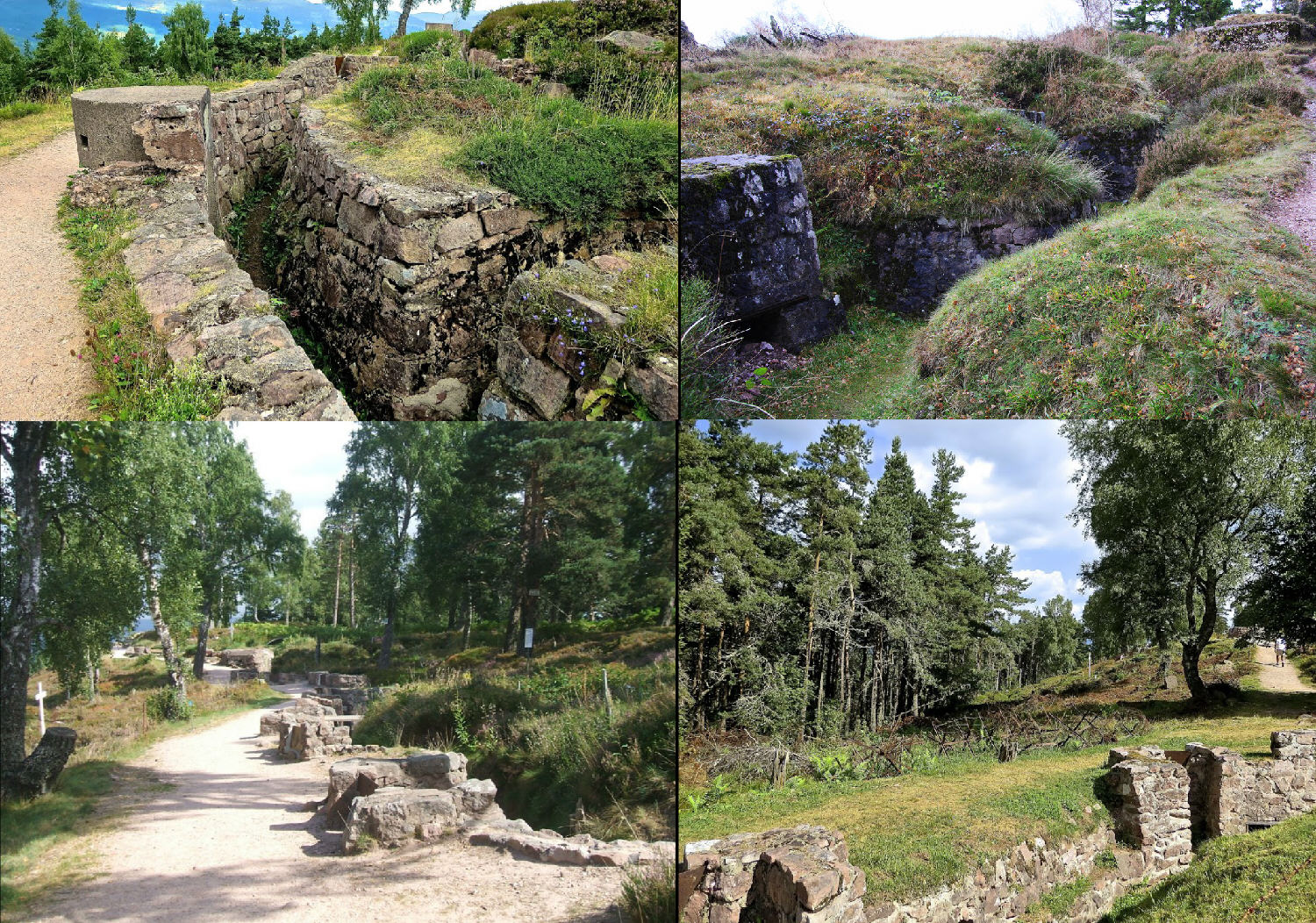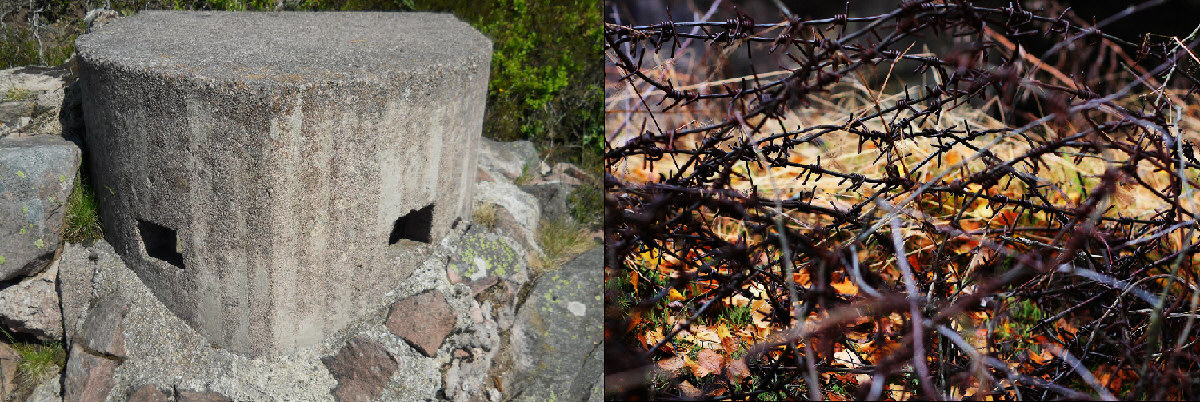Deathwatch: Deliver Them From Evil
Lionsgate Films, DVD, 2003
Deathwatch Does an Excellent Job Depicting the Standard Trench Warfare Scenery
Our regular contributor on literary
matters, David Beer – in his usual serious and insightful manner — has
contributed, a review of what is, to our mutual understanding, the only known
cross-genre World War One/ghoul film, Deathwatch, for our special
Halloween posting. David's review, which
focuses on the movie's religious implications, stands alone and is worthy of
your attention. However, after your
editor read the draft of the review, he came to the conclusion that David, who is
usually au courant with the latest
developments in popular culture, had overlooked (or chosen to avert his gaze
from) a dimension of the film that is part of a truly big phenomenon these days. His review sidesteps the "living dead,"
that is to say, the zombie, elements of Deathwatch. While
being a little subtle in its "Z" symbolism and avoiding any use of
the "Z" word in the script, Deathwatch,
nevertheless, has earned a place on various lists of "Best
Zombie" productions—right up there with Walking Dead, World War Z, and my personal
favorite, Zombieland. Since David passed
over the zombie clues in his review, your editor has supplemented his text below
with stills from the film that capture the film's zombie essence. MH
Review by David F.
Beer
This film brought to mind two lines from the last poem Isaac
Rosenberg wrote before he was killed in action. The poem, “Through These Pale
Cold Days,” describes suffering soldiers and states how "They see with living
eyes/How long they have been dead." This is about as close to a spoiler as I
want to go in discussing this horror film based on WWI. The surface plot is
easily described. A group of British soldiers go over the top at night into the
face of intense machine gun fire and exploding shells. Several standard trench
warfare motifs are provided: the fear before the attack, the youngest soldier
panicking and refusing to go over until threatened at gunpoint by an officer
and helped by a sympathetic comrade, tangles of barbed wire to negotiate or get
caught up in, mud containing bloated corpses, and the inevitable mowing down of
men by the enemy’s furious fire power.
The Corpses Have a Peculiar Look to Them, However
It’s almost unbelievable that anyone could live through such
a "stunt" but surprisingly the next scene shows a group of apparent survivors
trudging over no man’s land in thick fog that they mistake for gas. When they
discover it’s only fog and remove their masks, one soldier wonders what
happened to the night — he can’t understand how it suddenly became light. Apart
from the ominous and eerie background music we've heard from the beginning of
the film, this is the first hint we get that all is not normal. Further hints
will occur, however, such as a compass that no longer works, barbed wire that
seems to have a life of its own, and blood that seeps from the mud in the
German trench the survivors now occupy.
All but one of the Germans in the trench are dispatched
quickly enough, but not before it’s apparent that they are paralyzed with fear not of the British soldiers but of a nameless and invisible
force that has already been decimating them. They try to warn the British about
it but to no avail. Gradually it overcomes all but the youngest and most
innocent soldier, named Charlie Shakespeare, who in the end is able to leave
the dark trench and walk out into the light — but not before he glimpses all his
dead comrades sitting around a fire in a dark corner of the trench, seemingly
alive.
Motion Detected Among the Dead
To arrive at an understanding of what director/writer
Michael J. Bassett seems to have in mind in this film (and it’s admittedly open
to interpretation) we have to absorb numerous oblique hints. Why, for example,
is the subtitle of the film “Deliver them from evil”? Why the quick focus on a cross one of the
soldiers is wearing? What is the
significance of the Bible passage read over the pile of corpses? What are the ghostly
voices that are heard at one point above the trench? Why such comments by the
soldiers as "There’s so many dead," "God isn't here," "We are still alive," "We’re dead, Charlie, I know that now," and
Charlie Shakespeare’s exclamation as he leaves the trench after seeing all his dead
comrades sitting around a fire — "I’m not dead!"? And what do we make of the
German soldier at the very end waiting, with a knowing look in his eyes, for
the next squad of British soldiers who are about to occupy the trench?
Zombie Film Convention: The Living Dead Need a Shot to the Head to Be Truly Dead
Film enthusiasts will enjoy Deathwatch — even though it’s considered a fairly low-budget B
film — not only for its combination of supernatural horror mixed with a WWI
movie, but also for the parts played by actors such as Andy Serkis of Planet of the Apes and Lord of the Rings among other
accomplishments, by Jamie Bell as the young and decent Charlie Shakespeare who
had lied about his age to get into the army, and by Laurence Fox, whom I last
saw as Inspector Lewis’s assistant in the spin-off of the Inspector Morse series. No spoilers, or not too many, I hope, in
this short review, but I can’t help concluding with part of another poem this
film brought to mind — the opening lines of Wilfred Owen’s “Strange Meeting”:
It seemed that out of the battle I escaped
Down some profound dull tunnel, long since
scooped
Through granites which Titanic wars had
groined.
Yet also there encumbered sleepers groaned,
Too fast in thought or death to be bestirred.
Then, as I probed them, one sprang up, and
stared
With piteous recognition in fixed eyes,
Lifting distressful hands as if to bless.
And by his smile, I knew that sullen hall,—
By his dead smile I knew we stood in Hell.
By David F. Beer (with a little help from the Editor)













